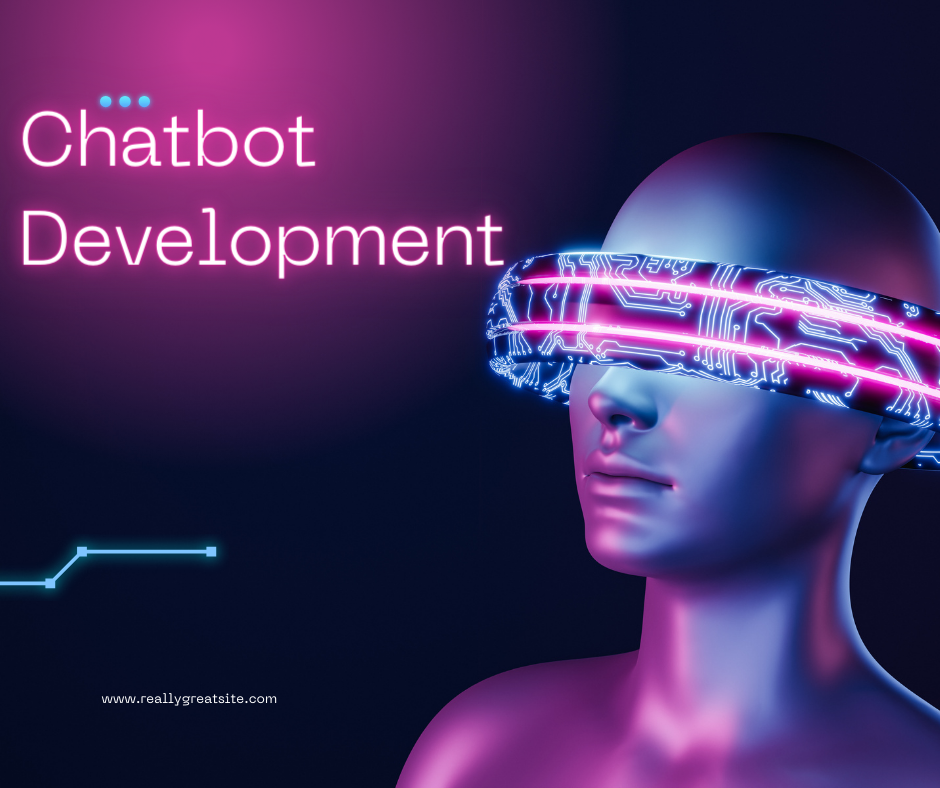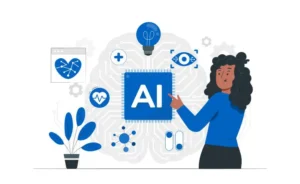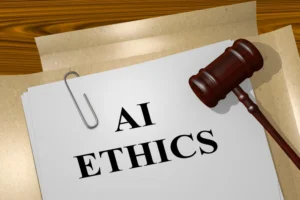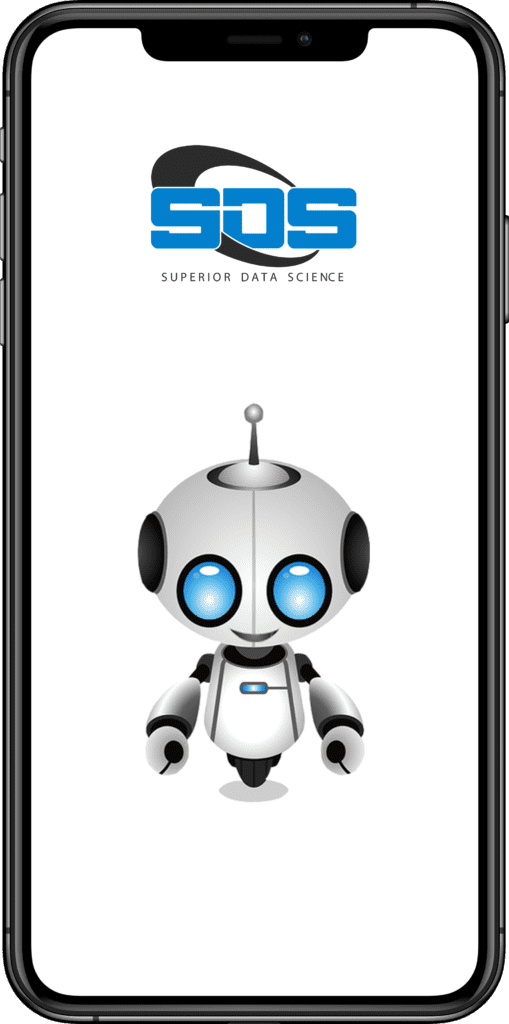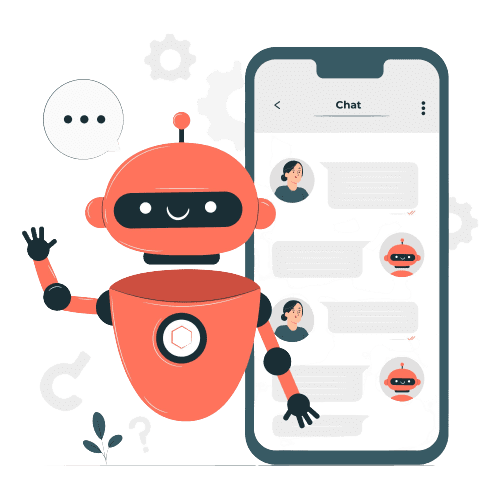In today’s digital age, chatbots have become integral components of businesses’ customer service and engagement strategies. These AI-powered conversational agents can provide efficient and responsive interactions with users. However, the effectiveness of a chatbot heavily relies on its ability to manage conversations seamlessly and intelligently. This is where dialog management plays a pivotal role. In this comprehensive blog, we will delve into the world of dialog management in the context of chatbots, exploring its key concepts, challenges, and best practices.
Dialog Management:
Chatbot developer skills encompass various aspects of dialog management. In the context of chatbots, dialog management refers to the process of controlling and maintaining a coherent and contextually relevant conversation between a chatbot and a user. It involves making decisions about what the chatbot should say or do next based on the user’s input, the current conversation history, and the chatbot’s predefined knowledge or capabilities.
Key Concepts of Dialog Management:
1.Intent Recognition:
Earning as a chatbot developer often starts with mastering dialog management. This process begins with recognizing the user’s intent from their input. Intent recognition involves understanding the purpose or goal behind the user’s message. For instance, if a user asks, “What’s the weather like today?” the chatbot’s intent recognition should identify the user’s intent to inquire about the weather.
2.Context Management:
For effective chatbot developer skills, maintaining context throughout a conversation is crucial for meaningful interactions. Chatbots need to remember past user inputs, responses, and relevant information to provide coherent and relevant replies. Context management ensures that the chatbot understands the user’s queries in the context of the ongoing conversation.
3.State Tracking:
For those interested in earning as a chatbot developer, state tracking is a fundamental skill. State tracking involves keeping track of the conversation’s progress and the chatbot’s current state or position within a dialogue. It helps the chatbot remember the context, manage transitions between topics, and maintain the flow of the conversation.
4.Response Generation:
Chatbot development companies excel in the art of generating responses effectively. Once the chatbot has identified the user’s intent and considered the conversation’s context, it generates responses accordingly. This may involve retrieving information from a knowledge base, performing actions, or crafting natural language responses.
Challenges in Dialog Management:
Dialog management presents several challenges in the development of chatbots:
1.Handling User Context Shifts:
Chatbot for developers should be designed to handle context shifts seamlessly. Users often switch topics or change their questions in the middle of a conversation. Effective dialog management should gracefully handle such context shifts to ensure a smooth user experience, making it a valuable skill for chatbot development tailored to developers’ needs.
2.Ambiguity Resolution:
For chatbot development companies, understanding and resolving ambiguities in user input can be challenging yet essential. Users may use vague language or omit crucial details, requiring the chatbot to seek clarification or make educated guesses to provide accurate responses. This skill is vital for enhancing user satisfaction.
3.Sequencing and Flow Control:
When considering a career in earning as a chatbot developer, it’s essential to understand that determining the optimal sequence of responses and maintaining the flow of conversation can be complex, especially in multi-turn interactions. The chatbot must decide when to provide information, ask questions, or take actions. This expertise is highly valued in the field.
Best Practices in Dialog Management:
1.Use Natural Language Understanding (NLU):
To thrive in the competitive landscape of chatbot development companies, it’s crucial to implement robust NLU (Natural Language Understanding) models. These models accurately recognize user intents and entities, enhancing the chatbot’s ability to provide valuable responses. Advanced NLU systems can significantly improve the accuracy of intent recognition and context understanding, setting your company apart in the industry.
2.Contextual Memory:
For chatbot development companies, it’s crucial to develop a contextual memory system. This system keeps track of conversation history and user context, enabling the chatbot to provide more contextually relevant responses. This feature enhances the overall user experience and distinguishes your company’s chatbot development services in the market.
3.Fallback Mechanisms:
For a chatbot for developers, incorporating fallback mechanisms is essential. These mechanisms are designed to handle ambiguous queries or situations where the chatbot cannot determine the user’s intent accurately. Fallback responses should seek clarification or guide the user effectively, ensuring that even in complex technical discussions, the chatbot maintains a helpful and user-friendly interaction.
4.Multimodal Dialogs:
When developing chatbot developer skills, consider the importance of incorporating multimodal capabilities. These capabilities, including text, images, and voice, can greatly enhance the user experience and allow chatbots to handle a broader range of user inputs effectively. This versatility in communication modes is a valuable asset for chatbot developers looking to create more adaptable and user-friendly conversational agents.
5.User Education:
Educating users about a chatbot for developers is paramount. It’s essential to inform users about the chatbot’s capabilities and limitations upfront. Providing clear instructions on how to interact with the chatbot can help guide conversations effectively and ensure that users make the most of the chatbot’s functionalities in a developer-friendly manner.
6.User Feedback Loop:
In the competitive landscape of chatbot development companies, it’s essential to implement a feedback mechanism. This mechanism enables users to provide feedback on chatbot interactions, offering valuable insights for continuous improvement. By actively seeking and incorporating user feedback, chatbot development companies can refine their services and deliver chatbots that meet and exceed user expectations.
Future Trends in Dialog Management:
The field of dialog management is continually evolving, driven by advancements in AI and NLP. Here are some future trends to watch:
1.Personalization:
As chatbot developer skills continue to evolve, chatbots will become increasingly adept at personalizing conversations. They will leverage user preferences, history, and behavior to deliver tailored interactions, creating a more engaging and effective experience for each user.
2.Emotional Intelligence:
The future holds exciting possibilities for chatbots for developers. These advanced chatbots may be equipped with emotional intelligence, enabling them to recognize and respond to users’ emotions and moods effectively. This capability can enhance the developer’s experience by providing personalized and empathetic interactions.
3.Integration with Knowledge Graphs:
Developing chatbot developer skills involves understanding the importance of integrating chatbots with knowledge graphs and external data sources. This integration empowers chatbots to provide richer and more accurate responses, enhancing their overall performance and effectiveness in various applications.
4.Conversational AI Ethics:
In the realm of chatbot development companies, ethical considerations are of paramount importance. As the industry continues to evolve, ethical considerations surrounding conversational AI, including bias mitigation and user privacy, will become even more critical. Upholding high ethical standards will not only build trust with users but also set a positive example within the competitive landscape of chatbot development services.
5.Advanced Natural Language Generation:
Chatbots will continue to improve their natural language generation capabilities, making conversations with them increasingly indistinguishable from human interactions.
Conclusion:
Mastering chatbot developer skills includes understanding that dialog management is the cornerstone of successful chatbot interactions. It encompasses intent recognition, context management, state tracking, and response generation, all vital components for creating meaningful and engaging conversations. As technology advances, chatbots will continue to become more proficient in understanding and responding to user queries, ultimately offering enhanced user experiences and contributing significantly to businesses’ customer engagement strategies. The journey of dialog management in chatbots is an exciting one, promising endless possibilities for the future of conversational AI, and enhancing the skills of chatbot developers is crucial to driving this evolution.
